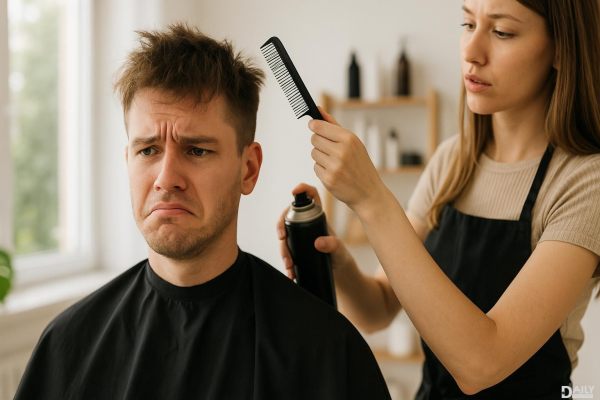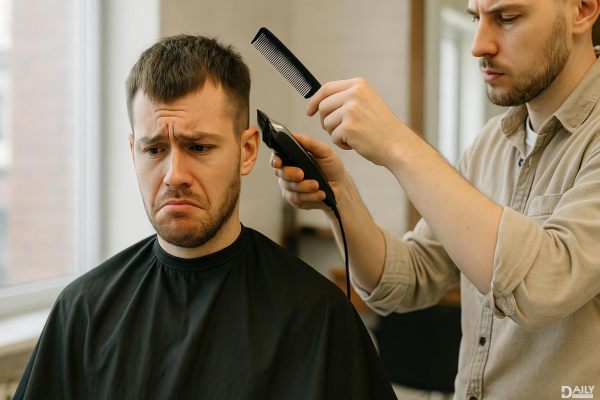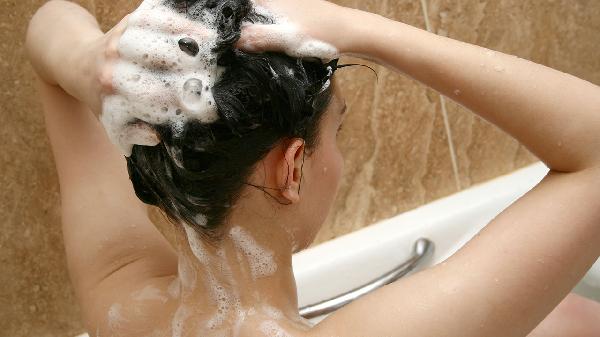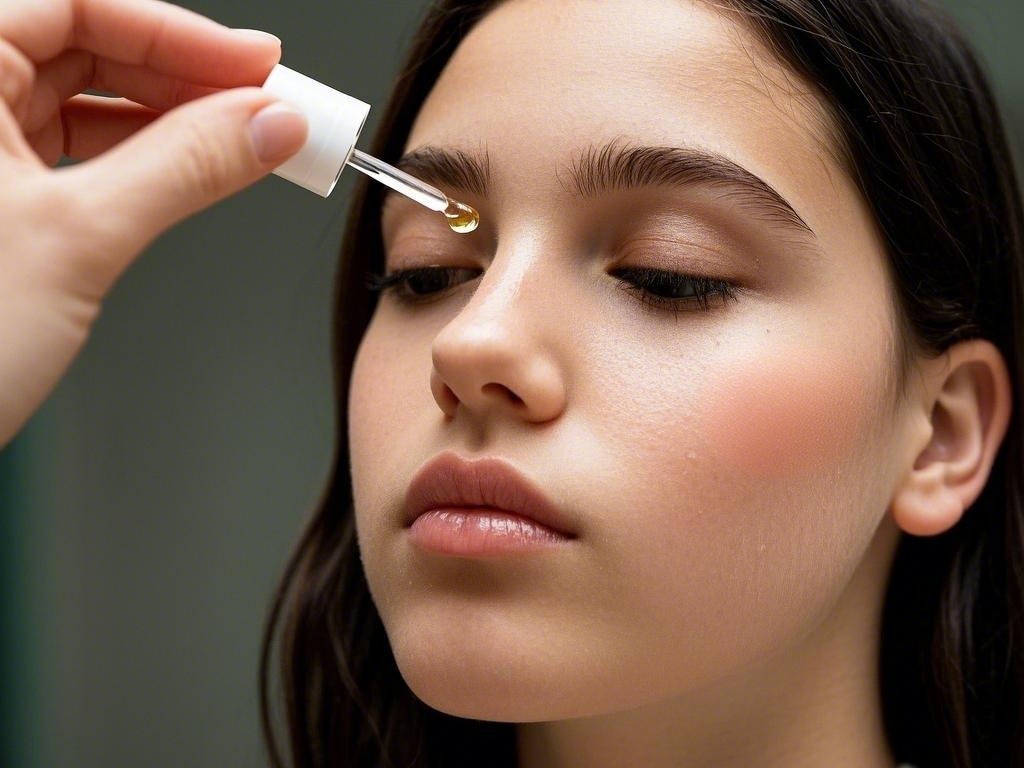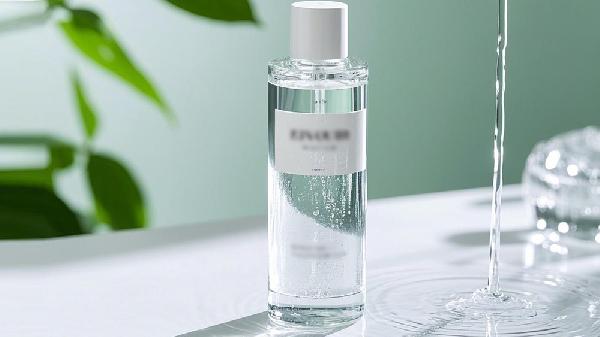Hair splitting, a common issue that many people face, can turn once healthy and shiny hair into a dry, brittle mess. Understanding the causes and implementing effective solutions can help restore your hair's natural beauty. This article delves into the reasons behind hair splitting and offers practical tips to prevent and treat this condition.

Understanding Hair Splitting
Hair splitting occurs when the protective outer layer of the hair cuticle wears away, leading to the splitting of the hair shaft. This can be caused by various factors, including environmental stressors, chemical treatments, and poor hair care practices. Recognizing the underlying causes is the first step toward effective treatment.
Hydration is Key
One of the primary reasons for hair splitting is dehydration. Just like our skin, hair needs adequate moisture to maintain its health and elasticity. Using hydrating shampoos and conditioners can help replenish lost moisture. Additionally, applying a nourishing hair oil or serum after washing can lock in moisture and prevent split ends.
Deep Conditioning Treatments
While daily hydration is essential, incorporating deep conditioning treatments into your hair care routine can provide an extra layer of protection. Hair masks, rich in nutrients and moisturizing agents, can be applied weekly to repair and strengthen the hair. For enhanced results, use a heated cap to allow the mask to penetrate deeply into the hair shaft.
Nutritional Support
Healthy hair starts from within. A balanced diet rich in vitamins, minerals, and proteins is crucial for maintaining strong and resilient hair. Foods like eggs, nuts, fish, and leafy greens are excellent sources of nutrients that promote hair health. Avoiding extreme diets and ensuring you consume a variety of foods can prevent nutritional deficiencies that lead to hair splitting.
Choosing the Right Tools
The tools you use to style and manage your hair can significantly impact its health. Investing in a high-quality comb or brush, such as one made from natural materials like wood or boar bristles, can minimize breakage and reduce the risk of split ends. Wide-tooth combs are particularly effective for detangling wet hair without causing damage.
Avoiding Tight Hairstyles
Tight hairstyles, such as ponytails and braids, can put excessive tension on the hair, leading to breakage and split ends. Opting for looser styles and avoiding tight elastics can help protect your hair. Additionally, it's best to avoid styling wet hair, as it is more susceptible to damage.
Gentle Drying Techniques
Rough towel drying or using high heat from a blow dryer can strip the hair of its natural moisture and cause split ends. Instead, gently pat your hair dry with a soft towel or use a microfiber towel to absorb excess water. If you must use a blow dryer, opt for the cool setting to minimize heat damage.
Protective Hairstyles and Accessories
Wearing protective hairstyles and using hair accessories that don't pull or tug on the hair can prevent split ends. Avoid metal clips and opt for fabric-covered hair ties or scrunchies. Additionally, wearing a silk or satin scarf or using a silk pillowcase can reduce friction and prevent hair damage while you sleep.
Regular Trims
Regular trims are essential for maintaining healthy hair and preventing split ends. Trimming the hair every 6 to 10 weeks removes damaged ends and promotes healthy growth. Even if you're growing your hair out, regular trims can help maintain its overall health and appearance.
Minimizing Chemical Treatments
Chemical treatments, such as coloring, perming, and straightening, can weaken the hair and lead to split ends. Limiting the use of these treatments and opting for gentler, semi-permanent options can help protect your hair. If you do color your hair, choose shades close to your natural color to minimize damage.
Gentle Hair Care Practices
Avoid using your fingernails to scratch your scalp, as this can cause irritation and damage. Instead, use the pads of your fingers to massage your scalp gently. This promotes blood circulation and helps distribute natural oils throughout the hair.
Nighttime Hair Care
Brushing your hair before bed can remove dirt and debris accumulated throughout the day. Using a soft-bristle brush or a wide-tooth comb can help detangle your hair without causing damage. This simple practice can keep your hair clean and healthy.
Conclusion
Hair splitting can be a frustrating issue, but with the right care and attention, it is manageable. By understanding the causes and implementing the tips outlined in this article, you can prevent and treat split ends, restoring your hair's natural beauty. Remember, healthy hair starts with a combination of proper care, a balanced diet, and regular maintenance. If split ends persist, consider consulting a professional hairstylist for personalized advice and treatment options.
